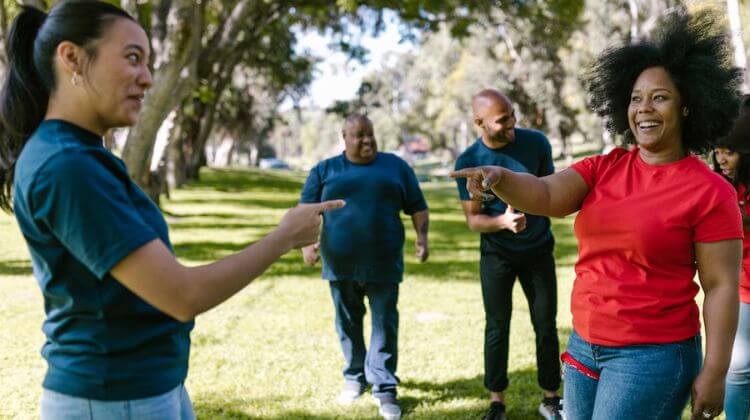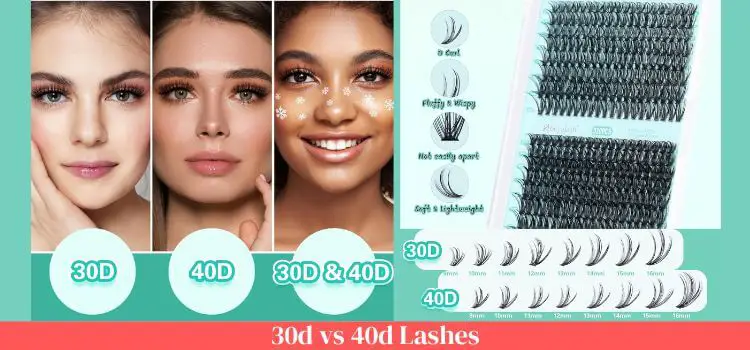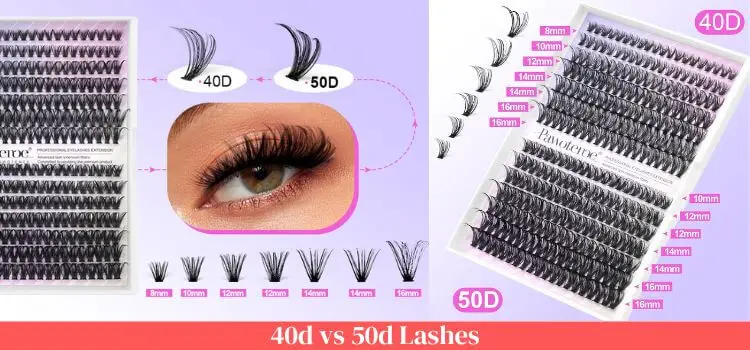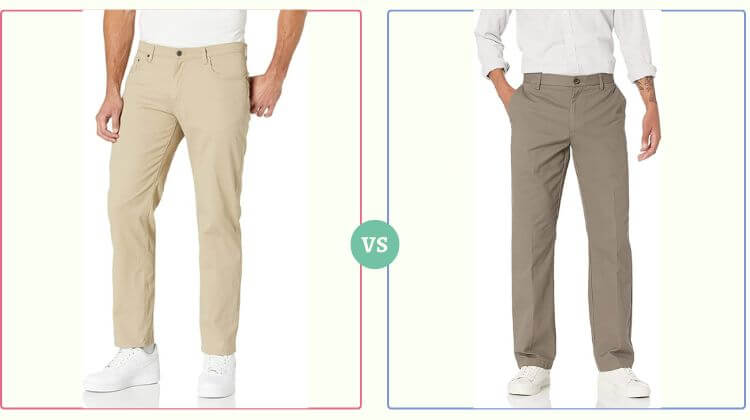As an Amazon Associate, I earn from qualifying purchases.

Jeans and pants are two popular types of bottom wear that people often use interchangeably. However, while they may share similarities, there are distinct differences between jeans and pants. Here we will find the specific characteristics of jeans and pants, their history, style differences, occasions they are suitable for, comfort levels, maintenance requirements, and more.
Definition of Jeans
Jeans are a form of denim pants. Their sturdy construction, riveted pockets, and unusual stitching set them apart. They come in various styles, such as skinny, straight, bootcut, and flared, catering to different body types and fashion preferences.
Definition of Pants
Conversely, pants are a broad category of bottom wear encompassing various styles, fabrics, and designs. Unlike jeans, pants are not limited to denim and can be crafted from cotton, linen, wool, or synthetic blends. Pants come in different cuts, including straight, wide-leg, tapered, and cropped, offering versatility in styling options.
Fabric and Construction
– Types of Denim
Denim is the primary fabric used in jeans production. It is a rugged cotton twill weave that provides strength and durability to jeans. Different types of denim, such as raw denim, selvage denim, and stretch denim, offer distinct characteristics in terms of texture, fading potential, and stretchability.
– Types of Pants Fabric
Pants can be crafted from various fabrics, depending on the desired style and occasion. Cotton, linen, and wool are commonly used for pants, offering unique features like breathability, softness, or warmth.
Style and Design Differences
Regarding style and design, jeans and pants exhibit notable differences. These differences can be observed in various aspects of the garments, including fit, cut, pocket styles, waistband and closure, leg shape, detailing, and embellishments.
[wptb id=2294]Occasions and Dress Codes
Understanding the occasion and dress code is crucial when deciding between jeans and pants. Both garments have their place in different settings, from casual to formal events.
– Casual Wear
Jeans are suitable as a go-to option for casual outfits. They provide comfort, versatility, and a sense of effortless style.
Depending on the fabric and style, pants can be dressed up or down for various casual occasions. For example, linen or cotton pants are popular for casual wear in the summer, while corduroy or wool pants can be suitable for the colder months.
– Formal Wear
When it comes to formal occasions, pants are preferable over jeans. They provide:
- A more polished and refined appearance.
- Making them suitable for business settings.
- Professional events.
- Formal gatherings.
However, some dress codes may allow for specific jeans in less formal settings. Dark wash, well-fitted jeans can be acceptable in innovative casual or business casual environments.
Versatility and Fashion Trends
– Jeans as Casual Staples
Jeans have long been a fashion staple due to their inherent versatility. Its style is suitable for various occasions, from casual to semi-formal. With the right choice of tops, shoes, and accessories, jeans can be dressed up or down to suit different fashion trends and personal styles.
– Pants for Dressier Occasions
Pants are mostly suitable for dressier occasions with their diverse styles and fabrics. From tailored trousers to wide-leg pants, the options are vast for selecting a pair that aligns with current fashion trends and personal preferences.
– Trends in Jeans and Pants
Fashion trends continually evolve, influencing jeans and pants’ design, fit, and detailing. From distressed denim to high-waisted pants, from flared jeans to cropped trousers, staying updated with the latest trends allows individuals to incorporate contemporary styles into their wardrobe while expressing their fashion sense.
Comfort and Mobility
Comfort and mobility are essential when choosing between jeans and pants.
The fabric’s slight elasticity provides freedom of movement, making jeans suitable for everyday wear; however, some jeans styles, like skinny jeans, maybe less forgiving in terms of flexibility.
Depending on the fabric and fit, pants can offer different levels of comfort and mobility. Lightweight fabrics like cotton or linen are breathable and allow for ease of movement, while stretchy materials or relaxed cuts provide additional comfort.
Maintenance and Care
Proper maintenance and care contribute to the longevity and appearance of both jeans and pants.
– Washing and Drying
Jeans, especially raw denim, are often recommended to be washed sparingly to preserve their color and texture. When washing jeans, turning them inside out and using cold water helps retain the color and minimize fading.
Pants, depending on the fabric, may require more frequent washing. Some pants may require ironing or steaming after washing to achieve a crisp and polished look.
– Storage
When it comes to storage, hanging jeans or folding them neatly can help prevent creases and maintain their shape. Avoiding overcrowded closets or storage spaces can also prevent unnecessary wrinkles. Pants can be hung or folded depending on the available area and the fabric’s susceptibility to creasing.
Pricing and Availability
Jeans and pants are available at various prices, depending on brand, quality, fabric, and design factors. While designer or premium denim brands may have higher price tags, there are also affordable options that offer quality and style. Pants, similarly, vary in price range, with factors like fabric, craftsmanship, and brand influencing the cost.
Both jeans and pants are widely available in retail stores, online platforms, and specialty boutiques.
The Great Debate: Jeans vs Pants
The debate between jeans and pants often arises when individuals must choose between the two for specific occasions or personal style preferences. Let’s look at the advantages and disadvantages of each choice.
Pros of Jeans
Cons of Jeans
Pros of Pants
Cons of Pants
Choosing jeans and pants ultimately depends on personal style preferences, occasion, and comfort.
Conclusion
In conclusion, while jeans and pants are both bottom-wear options, they differ in fabric, construction, style, and occasion suitability. Jeans from denim fabric offer a simple, versatile option that has become a fashion staple. On the other hand, pants, crafted from various materials, provide a broader range of styles suitable for casual and formal occasions. By understanding the characteristics and differences between jeans and pants, individuals can make informed choices that align with their fashion preferences, comfort needs, and specific occasion.





